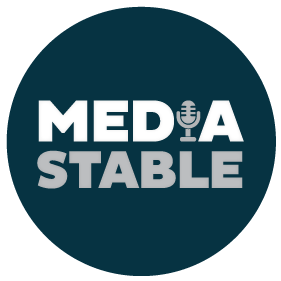Why are women experts in the media still a minority
Why are women experts in the media still a minority?
The latest Women in Media (WIM) Gender Scorecard shows newsrooms in Australia still have a long way to go in achieving gender parity in their news coverage. According to an analysis of over 18,000 news stories on TV, radio and print across a two-week period in 2022, men accounted for 70 per cent of quoted sources and 66 per cent of experts in all news stories.
But does it really matter if men and their opinions are over-represented in the news? I would argue yes, it does, especially if you want your news to show the broadest range of opinions possible, support critical thinking and want to see news with less bias. It also matters if we are to encourage women to find their voice in areas of the media where men dominate, like finance, politics or in sport. And it matters too for girls and young women – as the saying goes, “You can’t be what you can’t see.”
So, while the figures in the WIM Gender Scorecard might indicate there’s a very steep gender equality hill to climb for Australian media, experiences from home and abroad show that with some will, and with a concerted effort that includes a whole of organisation approach, gender equality in news commentary can be achieved, and relatively quickly.
Back in 2017, the BBC launched a project called 50:50 which was aimed at addressing the gender imbalance of expert contributors across the BBC. The project was conceived by Ros Atkins, an experienced male editor, presenter and journalist, who identified at the time that less than 40 per cent of the contributors to his program, Outside Source, were women. Within four months of adopting the 50:50 framework, women contributors made up 50 per cent of expert contributors to the program. The 50:50 system was soon voluntarily adopted across the whole BBC network, and soon went global. It’s now embedded in over 145 outlets across 30 countries.
In December 2018, the ABC in Australia also adopted the 50:50 framework after they identified that male interviewees and expert contributors dominated their coverage, with the overall male/female split being around 70/30. In response to an ABC callout for female experts to add to their database at the time, Media Stable contributed a list of over 100 highly qualified female experts from its own stable, and soon saw an appreciable uptick in those experts appearing across the ABC network. By March 2021, the ABC had achieved their target of having an equal split of female and male interviewees and contributors across the network.
Media Stable’s current breakdown of female/male experts stands at 50.4/49.6 percent, and while it fluctuates, there have always been more women in the stable since our inception 10 years ago. We have no trouble finding incredibly well credentialled, confident women, who are keen to offer their opinions, expertise and commentary in media across a broad range of topics, from finance and criminal law, to aged care and psychology.
In my experience, the wide cross section of media we deal with is very receptive to our female expert talent, and several have broken (very successfully) into some of the more male dominated areas of media like finance, where they more than hold their own with the established male voices. I haven’t seen or heard any specific bias against any of our female clients, in my almost seven years with Media Stable.
But the data doesn’t lie. If men make up around 70 per cent of media commentators, experts or quoted sources in Australian news, I say we can and should do better as an industry. The experts are there and are ready and willing, but it will take some critical self-reflection, a few difficult conversations and a change in attitude, to make our news media truly reflective of the audience it serves.
By John Solvander, Director of Media Engagement, Media Stable
